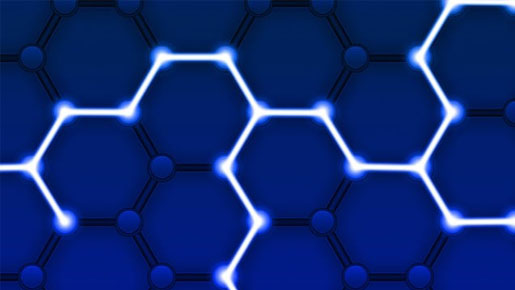For Non-Technical Readers
MIT’s latest patent application unveils a groundbreaking new method for capturing carbon dioxide (CO2), a major contributor to global warming. The technique is based on a concept called electrochemical separation, which works like a highly specialized filter for gases. In simple terms, this process involves using a specially designed cell that can ‘grab’ the CO2 out of a mixture of gases and, optionally, release it later.
This method has huge potential implications for curbing climate change. It can be used to clean the CO2 directly from the air or from other industrial sources like power plant exhaust. What makes it unique is its high selectivity, meaning it targets and captures CO2 while leaving other gases like oxygen largely untouched.
Technical Details
The system detailed in MIT’s patent application relies on the properties of an ‘electroactive species’. This species, which forms a part of the specially designed electrochemical cell, is capable of forming a bond with a target gas (in this case, CO2). This bond can be formed without reacting with oxygen, making the system highly selective and efficient. The ‘electroactive species’ has both an oxidized state and at least one reduced state in which it can bond with the CO2.
The electrochemical cell comprises a negative electrode with this first electroactive species, a positive electrode, and a separator between the two. The separator can hold a conductive liquid. The gas separation system has a productivity for capturing CO2 that is significant given the typical flow rate of gas streams.
The process itself involves applying a potential difference across the cell, then exposing a gas mixture to the cell, and finally removing an amount of the CO2 from the mixture. The system is extremely efficient, with less than or equal to 0.1% of any oxygen present in the gas mixture being removed. This level of specificity is highly desirable for applications that require the removal of large quantities of CO2, such as in industrial processes or in the mitigation of greenhouse gas emissions.
Conclusion and Call to Action
MIT’s patented invention marks a monumental step forward in our collective struggle against climate change. As we grapple with the urgent need to reduce our CO2 emissions, innovations such as this one become indispensable.
Got a unique invention of your own that you believe can make a difference? Reach out to us at PatentYogi.com, and we’ll help you navigate the complex process of patenting your idea. Because today’s innovative ideas are tomorrow’s solutions to our global challenges.


